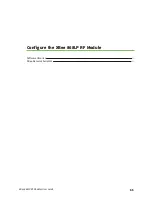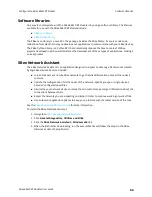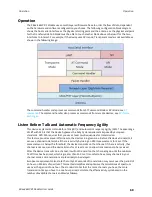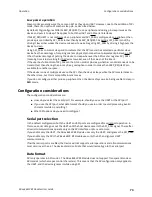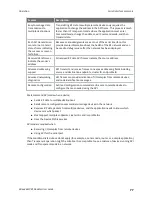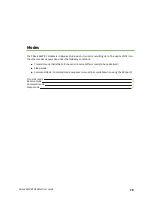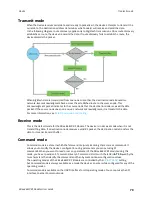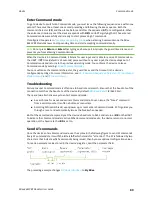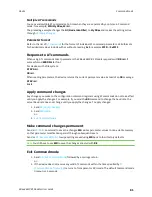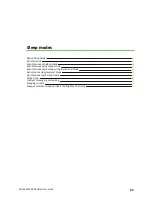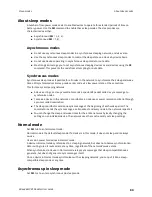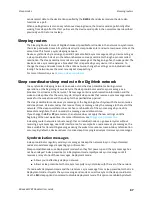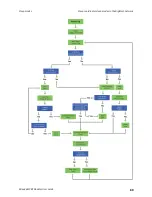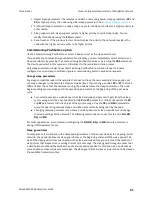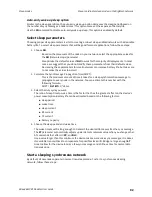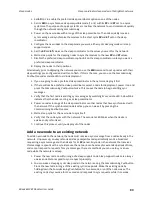
Modes
Transmit mode
XBee 868LP RF Modules User Guide
79
Transmit mode
When the device receives serial data and is ready to packetize it, the device attempts to transmit the
serial data. The destination address determines which node(s) will receive and send the data.
In the following diagram, route discovery applies only to DigiMesh transmissions. Once route discovery
establishes a route, the device transmits the data. If route discovery fails to establish a route, the
device discards the packet.
When DigiMesh data is transmitted from one node to another, the destination node transmits a
network-level acknowledgment back across the established route to the source node. This
acknowledgment packet indicates to the source node that the destination node received the data
packet. If the source node does not receive a network acknowledgment, it retransmits the data.
For more information, see
.
Receive mode
This is the default mode for the XBee 868LP RF Module. The device is in Receive mode when it is not
transmitting data. If a destination node receives a valid RF packet, the destination node transfers the
data to its serial transmit buffer.
Command mode
Command mode is a state in which the firmware interprets incoming characters as commands. It
allows you to modify the device’s configuration using parameters you can set using AT
commands. When you want to read or set any parameter of the XBee 868LP RF Module using this
mode, you have to send an AT command. Every AT command starts with the letters
AT
followed by the
two characters that identify the command and then by some optional configuration values.
The operating modes of the XBee 868LP RF Module are controlled by the
setting,
but Command mode is always available as a mode the device can enter while configured for any of the
operating modes.
Command mode is available on the UART interface for all operating modes. You cannot use the SPI
interface to enter Command mode.

